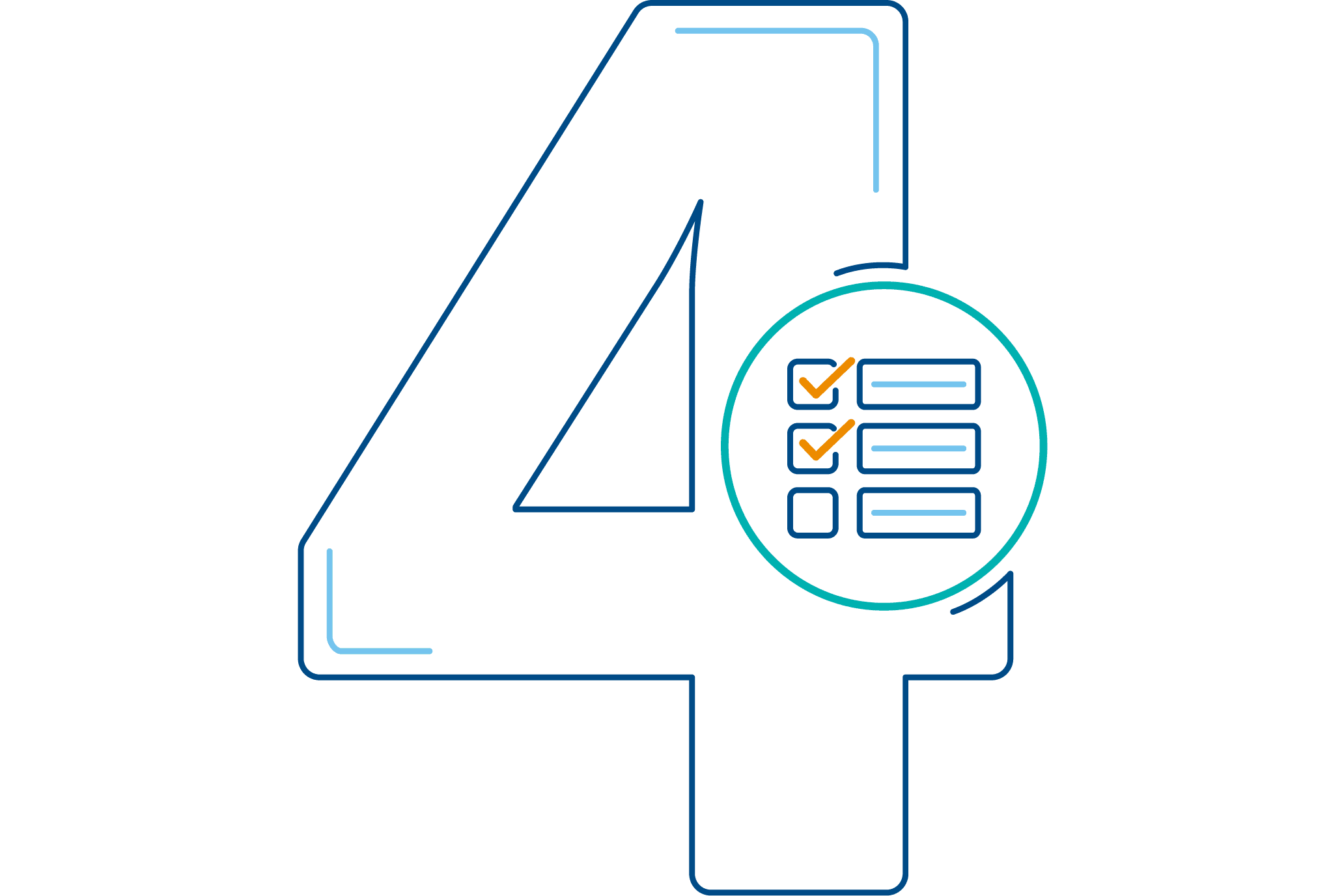Rethink transparency: Ask what district stakeholders need, not what they want

Like education leaders worldwide, the leadership team at Fort Bend Independent School District (Fort Bend ISD) in Texas was faced with a series of critical questions in the spring of 2020 amid the COVID-19 pandemic. How to ensure that student education continues? How to keep students, teachers, and community members safe? How to prepare for a fall full of unknowns? What should “reopening” look like?
Transparency leads to a loss of trust
To make answering these questions even more difficult, Fort Bend-like most district leaders throughout the pandemic-faced heightened scrutiny from families. In response to this scrutiny, many district leaders tried to address all concerns shared by community members and were often faced with pushback and sometimes even personal attacks. For instance, when district leaders asked their families to vote on a preferred reopening plan, many families protested when the district did not choose their favorite.
Counter to popular belief, giving in to calls for more transparency is not effective. Research shows that too much transparency into the decision-making process leads to a loss of perceived legitimacy from stakeholders. District leaders lose credibility as experts when trying to share as much information as possible; inevitably, they will fail to please every family with their choice.
Too much transparency into the decision-making process leads to a loss of perceived legitimacy from stakeholders.
Ask families for input strategically, not universally
Since striving for more transparency can be a losing game, EAB recommends district leaders treat their families as a resource. Families should be called on to offer their advice and provide feedback to inform district leadership but should not be directly involved in decision-making. Fort Bend does this well.
Fort Bend strategically asks their community for input but does not gather feedback for the sake of gathering feedback. When they began planning their post-COVID-19 reopening, Fort Bend Superintendent Dr. Charles Dupre identified three potential plans.
The district then asked community members what they needed to make each choice successful, not which plan they preferred. This allowed district leaders to make an informed decision based on the resources needed to make any of the three potential plans work well.
District leaders then chose the best plan for the district based on what families needed to make it a success and communicated the choice with families before implementing the plan districtwide. Because the district provided families all necessary resources to execute the final plan, their fall 2020 reopening went smoothly, and there were far fewer concerns from families than expected.
Establish Decision-Making And Expertise
- Determine and outline what is feasible for your district
- Decide where input is needed to move forward (does not need to be everything)
Example

Identify Community Needs, Not Wants
- Ask what’s needed to implement potential plans, not for a vote on plans
- Use surveys, focus groups, or other method(s)
Example

Communicate Decision With Stakeholders
- Share final decision with community
- Highlight how input was used (e.g. “Most respondents needed little support for X, but not Y”)
Example

Implement Final Plan District-Wide
- Use resources strategically to introduce next steps
- Continually reinforce decision and reasoning
Example

While Fort Bend first implemented this communication strategy for their reopening plans, the tactic of asking your families for what they need, not what they want, can be applied more broadly to other policies and practices. To try it in your district, ask yourself the following:
- What options are currently feasible for our district?
- Where can we use information from our families to help the district make a more informed decision?
- What timeline can we commit to for updating families and implementing the decision?
More Blogs

From building managers to strategic leaders

From cell phones to STEM: What district leaders are focused on right now
